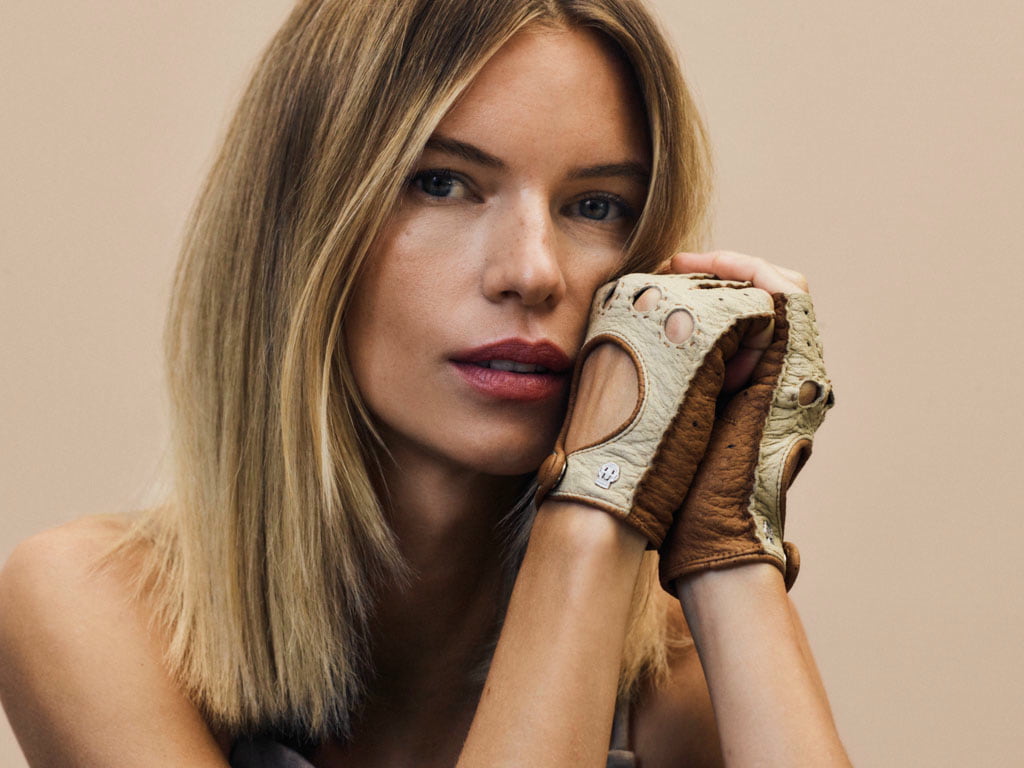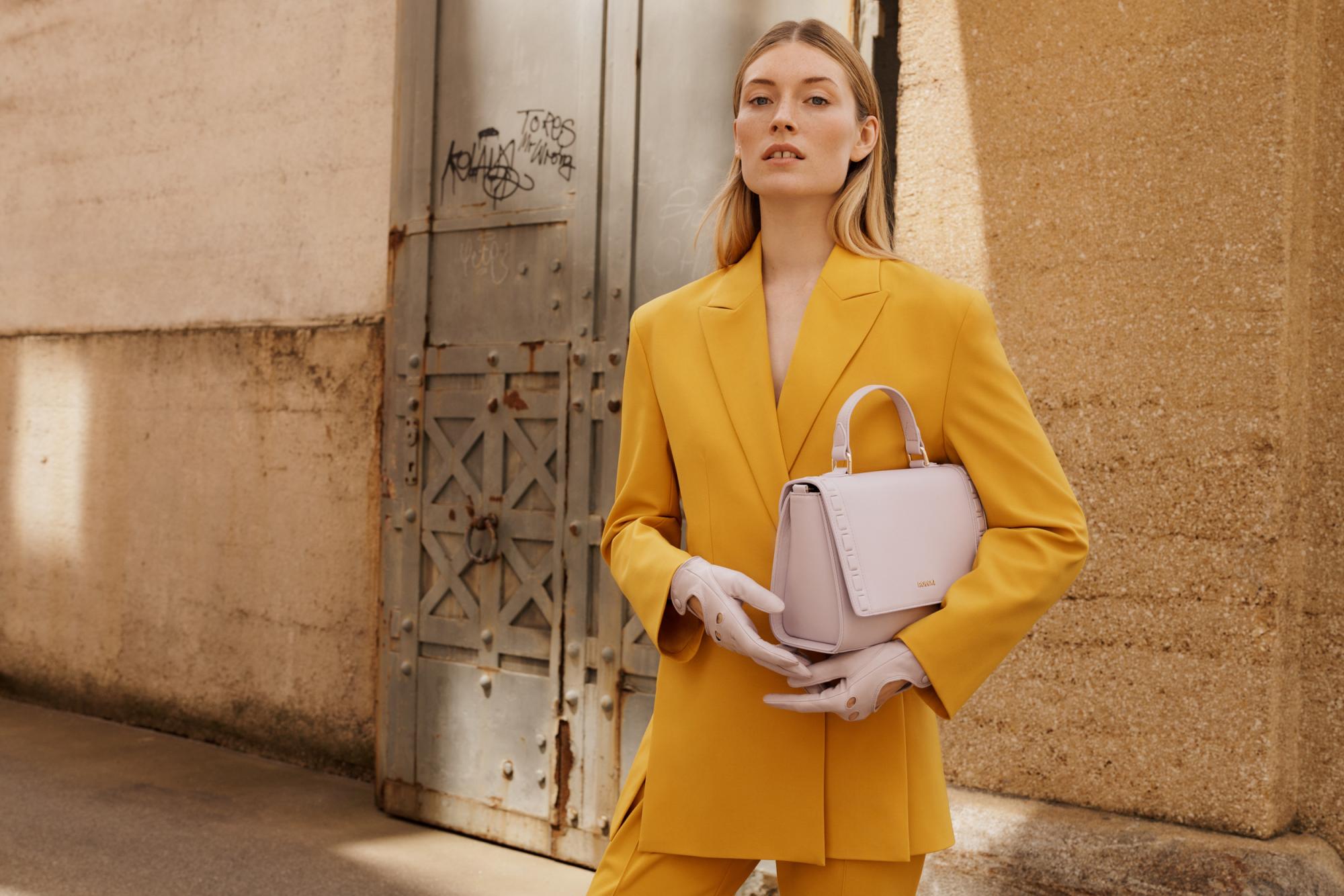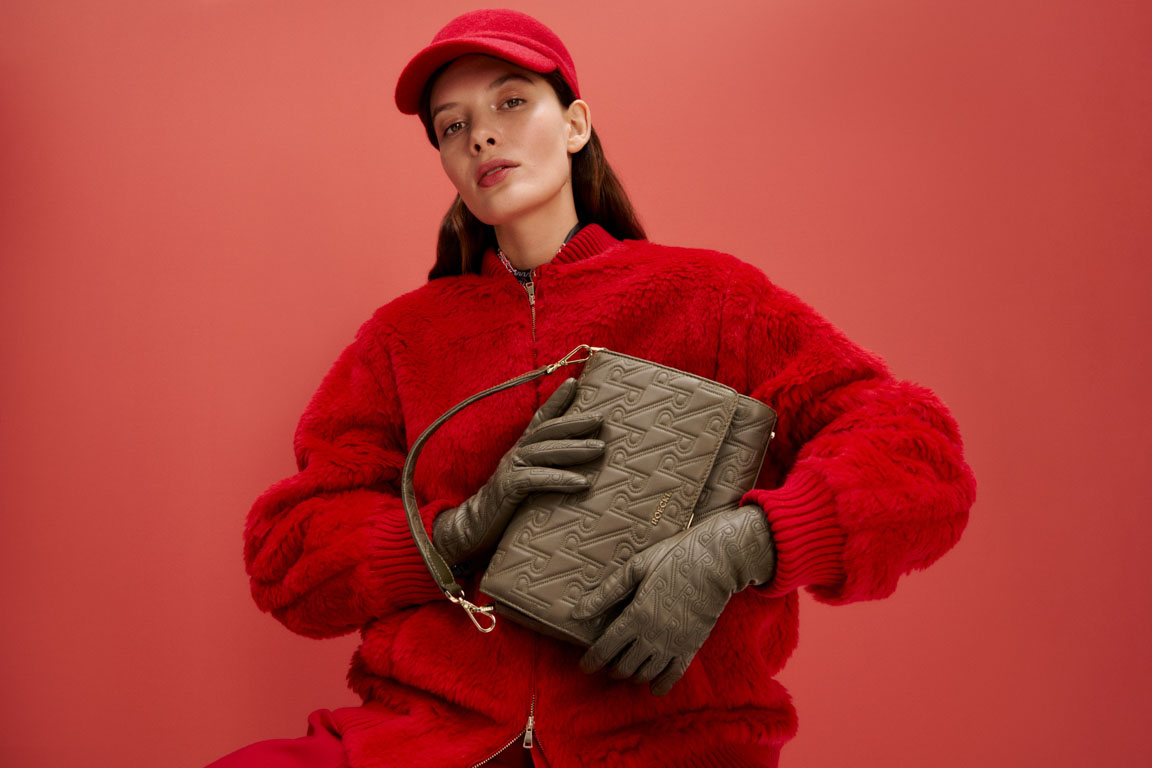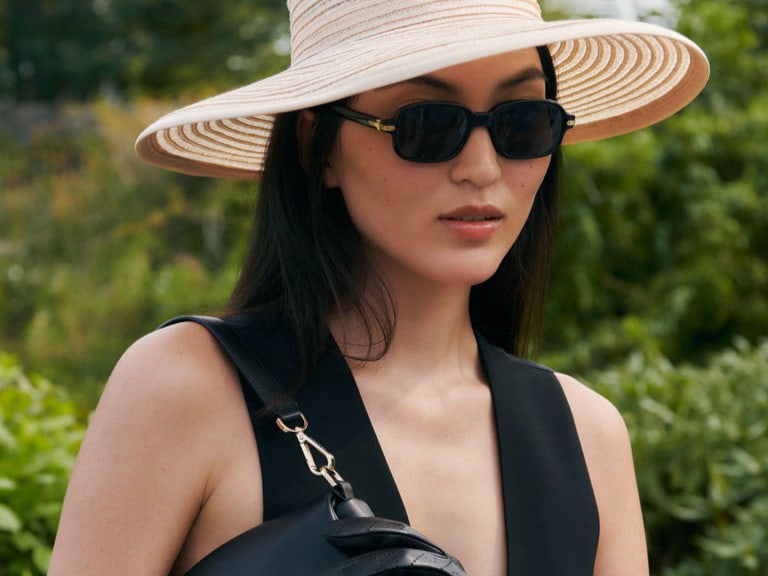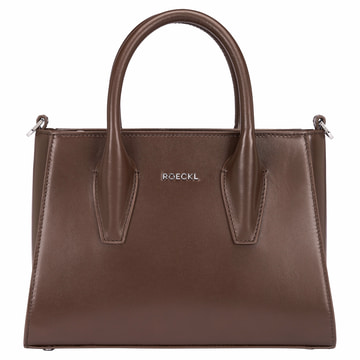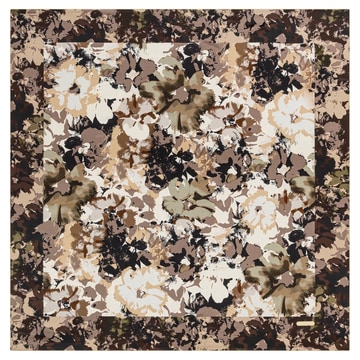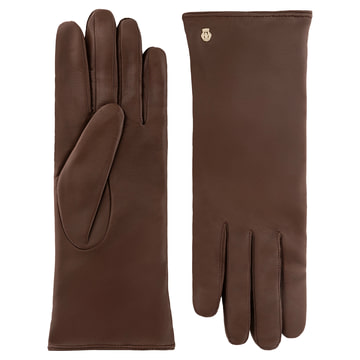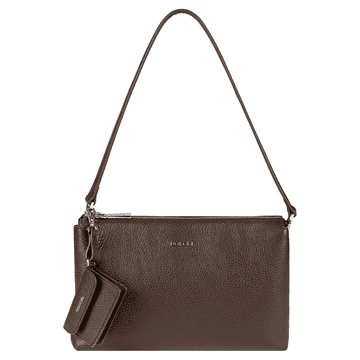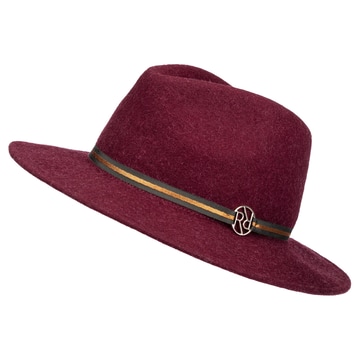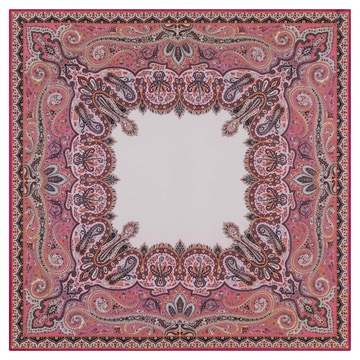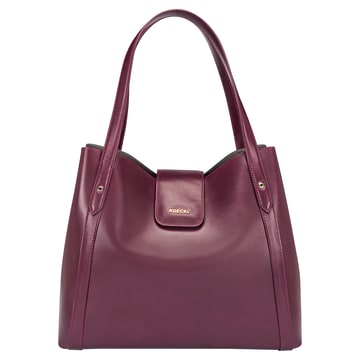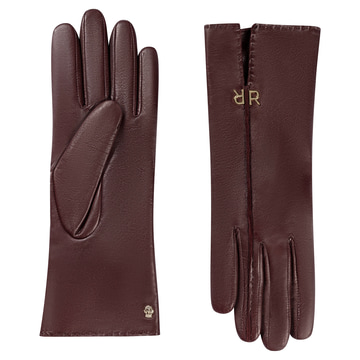What Color Season am I?
Determine your Season in the ROECKL Color Consultation
The appropriate colors enhance your apparence – and accessories play a crucial role in this. Whether it is scarves, bags, or hats: anything worn close to the face has a particularly strong effect on your complexion. Our color consultation assists you in determining your personal color season – and specifically addresses the question: What color type am I? This way, you can select accessories that highlight your natural beauty.
Of course, clothing and makeup are also essential components of a harmonious look – but often, just a scarf in the right color is enough to make an entire outfit shine. Discover which colors suit your type – and which accessories complement your color season the best.
The four color seasons - Discover your best colors
What is a Color Season
The color consultation categorizes individuals into four primary types – Spring, Summer, Autumn, and Winter – based on: Skin undertone, hair color, eye color, overall contrast Each of these seasons possesses its own color palette featuring typical, harmonious shades.
Knowing one's color season allows individuals to select clothing and accessories that highlight their natural beauty.
Step by step: How to find your color season
1. Determine your skin undertone (warm vs. cool)
Veins test (wrist)
-
Look at the veins on the inside of your wrist in daylight:
-
Bluish or purple → You have a cool undertone.
-
Greenish → You have a warm undertone.
-
Not clear? → Then you may be neutral (in-between type).
-
Jewelry test (silver vs. gold)
-
Hold silver and gold jewelry (or foil) alternately directly under your face:
-
Silver makes your complexion appear fresher, clearer, and more vibrant → cool type
-
Gold harmonizes better with your skin, appears warmer and softer → warm type
-
2. Analyze the brightness overall (light vs. dark)
Observe hair color, skin, and eyes:
-
Light appearance (e.g., blonde or light brown hair, light skin, delicate eye color) → Indicates spring or summer
-
Dark appearance (e.g., dark brown or black hair, strong eye color) → Indicates fall or winter
3. Check contrast (low vs. high)
-
High contrast between skin, hair, and eyes → Typical for winter and fall types
-
Soft, harmonious overall impression → Indicative of spring or summer types
4. Color draping: What makes your face glow?
-
Hold different colored fabrics or cloths under your face (e.g., pink vs. apricot, snow white vs. cream white).
Pay attention to:
-
Whether your skin looks clearer, fresher, and more even
-
Or whether you look pale, sallow, or tired
-
Wrinkles and dark circles under the eyes are visually reduced with the right colors
5. Classification into the color seasons
Fine-tuning: Recognizing subtypes
At times, it can be challenging to distinctly categorize oneself into one of the primary color types, as the characteristics may overlap or the effect may appear rather neutral. In such instances, recognizing so-called subtypes or subcategories can assist in achieving a more precise classification. These subtypes represent finer distinctions within the broader color types and take into account additional nuances in color intensity, brightness, and temperature.
| Subtype | Meaning | Typical Characteristics |
|---|---|---|
| Soft | Muted, less saturated colors | Little contrast between hair, skin, and eyes; overall delicate, harmonious appearance |
| Bright | Clear, bright, intense colors | High contrast, bright eyes, fresh appearance |
| Deep | Dark, rich colors | Dark hair and/or eyes, strong presence, deep tones are in the spotlight |
Die Farben, die zu den jeweiligen Subtypen am besten passen, finden Sie innerhalb der Farbpaletten der entsprechenden Hauptfarbtypen.

